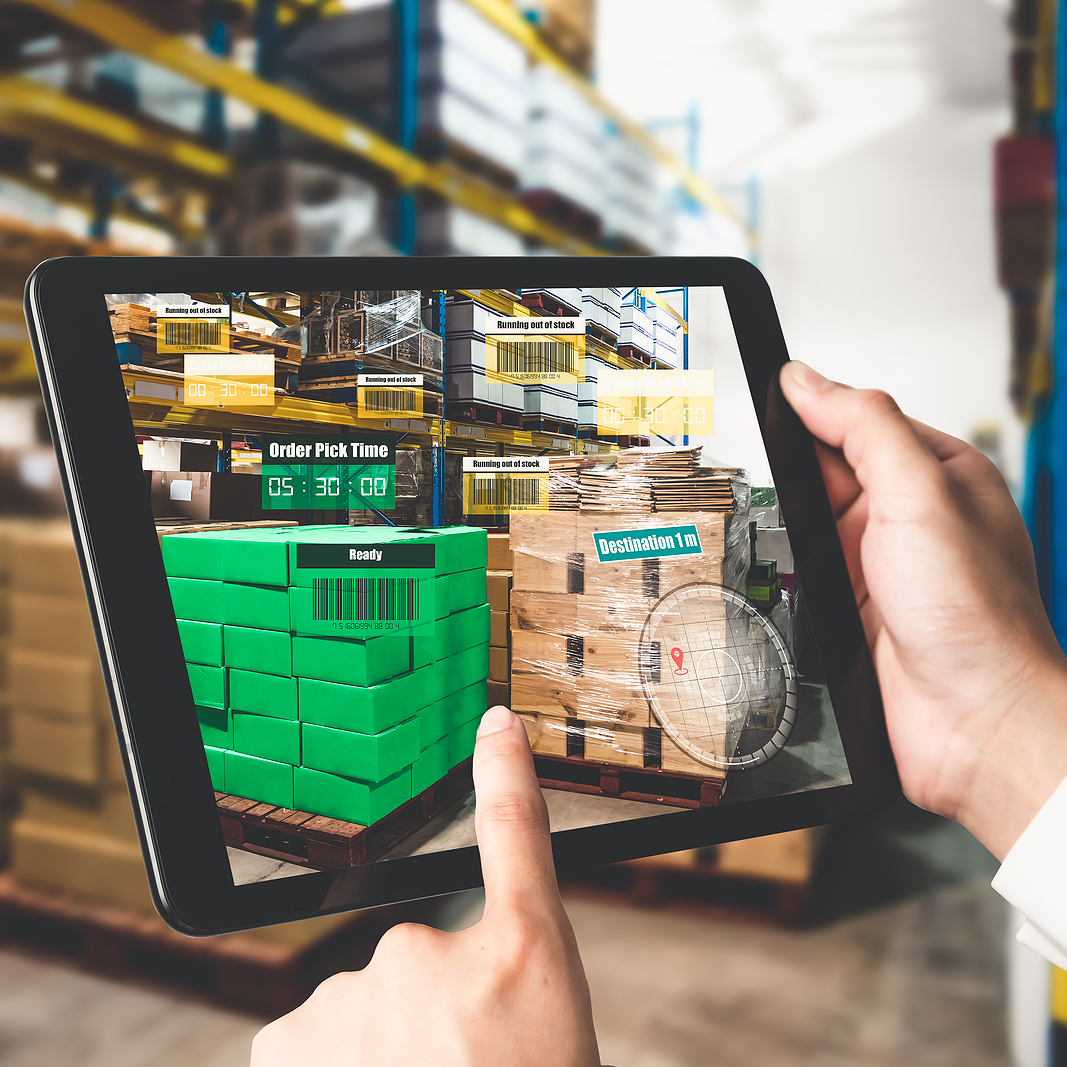With the acceleration of smart technologies in the world of logistics, the shipping industry is gradually getting more competitive, sustainable, and safer. The term “smart shipping” is mostly used for maritime transport, but other types of logistics are also part of the global change. As an art logistics company, we highly value the innovations that make our job safer and our clients less stressed. In this sense, we are genuinely curious to see the future of the art logistics market.
What Is Smart Shipping, and How Do People Benefit from It?
Smart shipping is an operation and optimization of transport based on intelligent technologies and data analytics. Modern problems have been mostly caused by human error, which is why automatization is considered a key to the global issues in logistics. In simple words, such type of shipping consists of a number of AI-powered tools that use a huge amount of data to come up with better decisions.
The benefits of smart shipping are enormous. First and foremost, it is people’s safety, as the chance of accidents can be highly reduced. The same goes for the sustainability of using transport, be it a plane or a ship. With better navigation, you can not only save more money but also reduce the carbon footprint on the planet, as less fuel is used in the process.
While all this sounds very promising, there are certain challenges that require consideration. For example, a lack of education and technical knowledge of the staff can become a serious problem for companies. Furthermore, the technologies are far from being perfect, which means that there can be malfunctions and vulnerabilities in the system. At the end of the day, the reconfiguration of such a massive industry is a huge task, so it might take years or even decades for the new methods to be fully implemented in reality.
How Can Technologies Add to Art Logistics?
As mentioned before, smart shipping mostly concerns maritime transport, but let’s hypothesize how it can change the art shipping industry. In the initial stages, it can greatly help with international shipping, as many works of art are transposed by sea or air. When it comes to national or local delivery, things might be improved in navigation, route planning, and time management. As for the difficult work–meaning packing and moving art–handlers can hardly be aided by AI unless people are replaced with robots, but that’s another story to tell.
